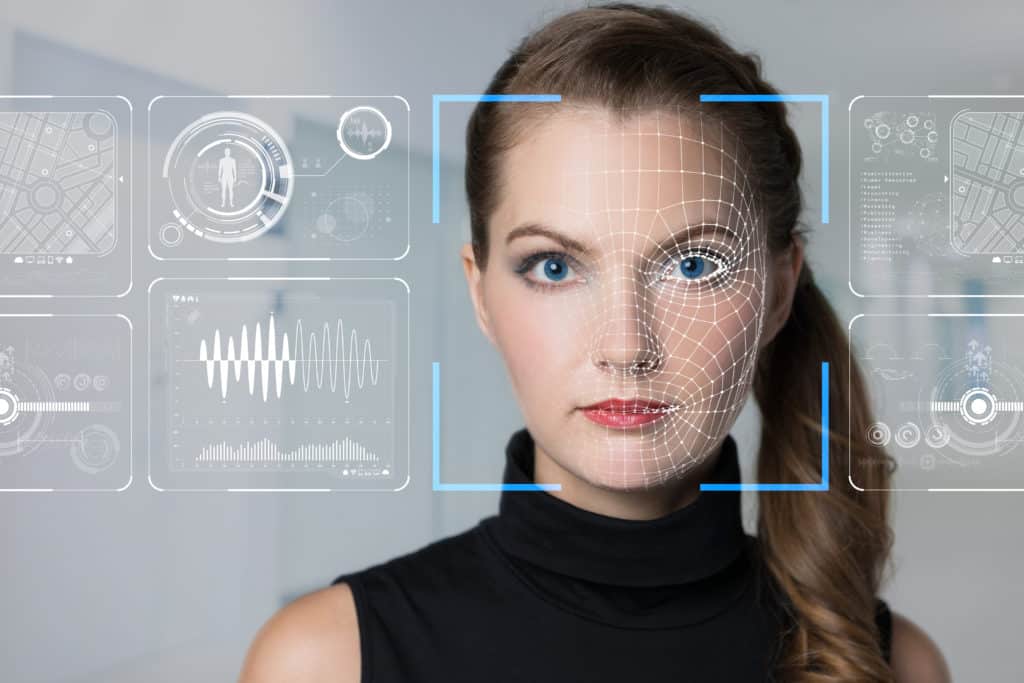DBS Checks & Criminal Record Checks Register Now Care Check...
Read MoreDBS Checks & Criminal Record Checks
Care Check is a leading umbrella body for the Disclosure and Barring Service and has been named one of the top 8 providers for criminal record checks in the UK.
Sign up to our newsletter
"*" indicates required fields
Get in touch with us

Social Media Background Checks - Deepfakes & Catfishing
Catfishing and fake news are concepts we’re all familiar with today. However, there is quite a bit of buzz around new AI technology that can use a person’s likeness to create forged videos of them – these are deepfakes.
In a world where the line between what’s real and fake is becoming harder and harder to distinguish, it’s important to know the ways in which people are creating fake content and how you can potentially detect it.
Here, we explain the basic of deepfakes as well as how it differs from catfishing so that you can be better equipped to detect this fake content.
What Is A Deepfake?
Deepfakes refer to videos that have been made using a type of artificial intelligence, deep learning. With a deepfake, a person’s likeness (their resemblance and voice) is used in place of someone else’s, essentially creating fake videos.
A recent example is Bruce Willis, who ‘appeared’ in a Russian commercial for a cryptocurrency company. However, the video is actually a deepfake where Bruce’s face has been overlaid onto another actor’s face.
What is synthetic media?
Synthetic, or AI-generated media, refers to any media produced by technology. Some examples of how synthetic media includes the creation of AI-produced music, images, videos, text generation, voice synthesis and, perhaps most importantly, deepfakes.
How does a deepfake work?
Deepfake videos are created through the use of Generative Adversarial Networks, where two models of machine learning compete against each other to become more accurate. So, one version of the machine learning model uses data from sample videos in order to create the fake video.
Then, the second model tries to determine if the video is fake. These two models will compete back and forth until the second machine learning model can no longer detect whether the video is fake or not. It is only at this point that a deepfake video would be realistic enough to fool the human eye.
DBS Checks & Criminal Record Checks
How to tell if a video is a deepfake?
The technology used to create deepfakes has come a long way, and it can be very difficult to detect a forgery; however, it’s not impossible.
One way to detect a deepfake is to look at whether the person is blinking. Deep fakes rely on the data available on the internet, such as videos and pictures, in order to be created. It’s not often that images of people with their eyes closed are posted on the internet, which means that it’s difficult for these simulations to create realistic videos where the person is blinking normally.
Other things you can look out for that may indicate a deepfake include the following:
- Mismatch of emotion between what is being said and the emotion displayed on someone’s face
- Unnatural facial expressions
- Strange body movement or shape
- Unnatural colouring
- Strange positioning of facial features
Would a deepfake be picked up in a social media background check?
People may exploit deepfakes in order to gain access to a company and its information, such as intellectual capital, financial data or customer information. Conducting social media background checks can prove helpful in detecting deepfakes.
This is because deepfake social media accounts tend to look suspicious to some degree. Profiles that have no posts, followers or other activity can signal a fake account. Likewise, accounts that contain generic information may also be deepfakes.
What Is Catfishing?
Catfishing is the act of using someone else’s images and information and using it to create a new, fake identity. Using these catfished accounts, someone may look to harm the reputation of the actual person, or they might try to form dishonest relationships with people online.
Why is a deep fake different to catfishing?
With catfishing, a scammer will simply take photos and the information of another person that can be found online and use it to create new social media accounts. There is no creation of new images or content.
With deepfakes, deep learning models use images as well as videos and superimpose the likeness of a person over an actor’s face. This actor can then say or do what they like in a video while posing as the person they are pretending to be. Thus, new content is created.
Would a catfish be picked up in a social media background check?
Social media checks could help you to detect catfish accounts. During this check, you would need to look at whether they have followers and who those people are, whether you can find their accounts on Google (or if others come up), and also whether they have enough information for you to Google them.
While social media checks might help in detecting a catfish account, a background check is more likely to show you whether the information they’ve given you matches up to their public record.
Read more
DBS Check Price Increases
DBS Checks & Criminal Record Checks Register Now Care Check...
Read MoreComprehensive Guide to BPSS Checks
DBS Checks & Criminal Record Checks Register Now Care Check...
Read MoreCan I Get Sacked For What I Post On Social Media?
DBS Checks & Criminal Record Checks Register Now Care Check...
Read More


